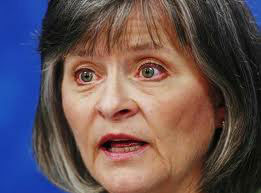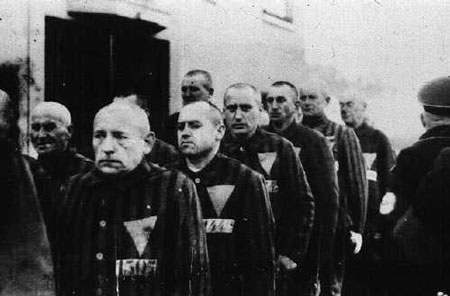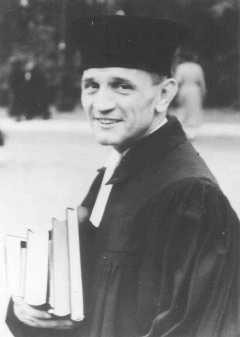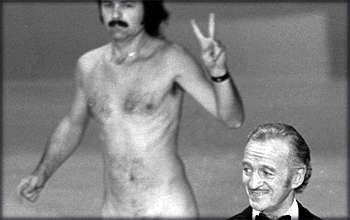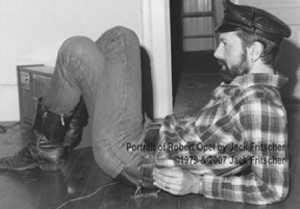This scenario is unfortunately all-too familiar: a gay man dies, and his partner ends up having to fight the “blood family” for property, a dwelling place, even a burial space. Unless a gay couple takes extraordinary, expensive legal measures, which in some cases means even adopting each other (see this link for a famous case), they are not legally protected, which protections and benefits would happen automatically if they were a heterosexual couple.
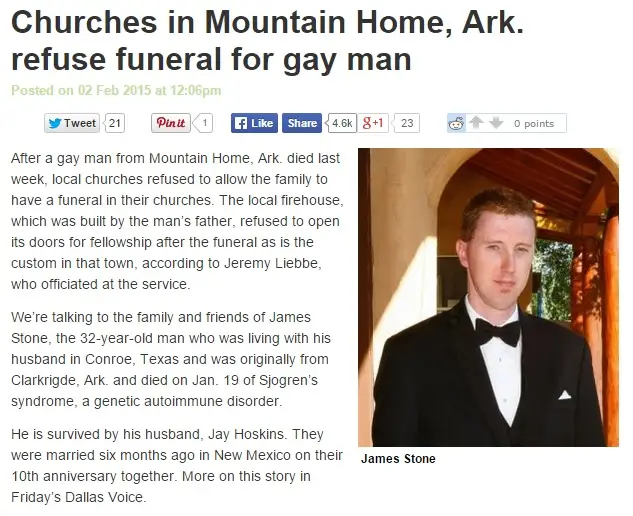 I know one person the above scenario happened to. He had to leave his dwelling of twenty-five years. His partner's homophobic family banned him from the funeral, and stole the burial plot. Why? He was not legally protected.
I know one person the above scenario happened to. He had to leave his dwelling of twenty-five years. His partner's homophobic family banned him from the funeral, and stole the burial plot. Why? He was not legally protected.
In another case, another friend of mine was much more fortunate. They lived in Florida, a state notorious for its homophobia (hello, Anita Bryant). Luckily, the partner's sister and brotherin-law were on good terms with him and followed his instructions about the sale of the house and other matters of the estate. Regardless of the financial situation, they respected the relationship. Their respect showed they saw my friend as a person, not an enemy “other” or an impersonal commodity.
The Edie Windsor case publicized and created much-needed discourse at the highest level the fundamental injustice of our defining only by gender civil marriage (yes, civil, not religious/sacramental). Edie would have had to pay an astronomical amount of inheritance tax on her wife's estate (yes, wife) because, as above, they were not a heterosexual couple. In response to this case, the Supreme Court struck down DOMA.
In other words, the civil society essentially treats those who do not fit heteronormative social structures as second-class citizens in a country which purports (and has failed and still fails to do) to operate under a claim that all people are created equal.
What I've said so far is not new, but I think it is really about not just the issue of same-sex couples being able to enjoy the economic, social, and psychological benefits of civil marriage, but about human dignity.
Human dignity transcends the physical ties of blood and the laws people make to be able to live together (which often results in people using each other as commodities, rather than persons). We experience human dignity by showing empathy and compassion for a person outside yourself, which means being able to find a piece, however difficult that may be, of that person in you, a process of growing, really becoming. To use the language of the famous Jewish philosopher Martin Buber, we need to enter into an I-Thou relationship, rather than an I-It one.
It's unfortunate that many of the benefits that those who enter into marriage are commodities (and in the past, remember, the wife [and the children] were essentially property of the husband), but I am hoping that we will get to the point that marriage equality is not just about a legal transaction. It's the recognition of the dignity of each human person as a complex, imperfect, non-binary becoming.


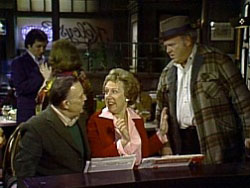
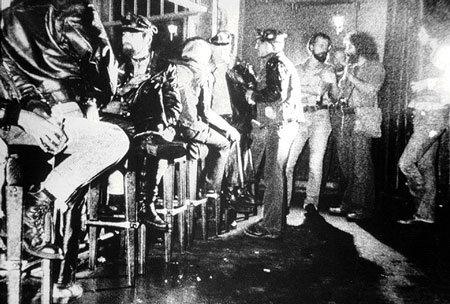
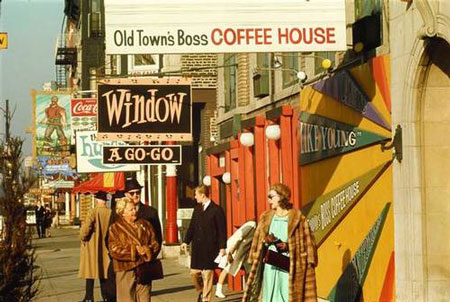
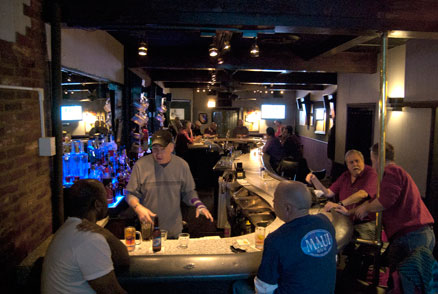
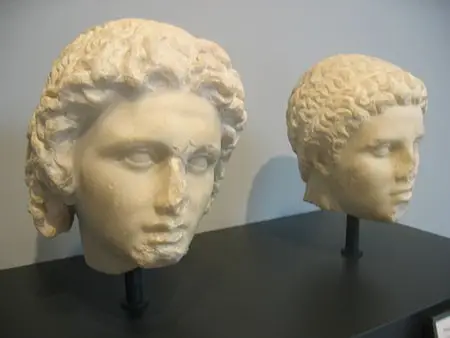
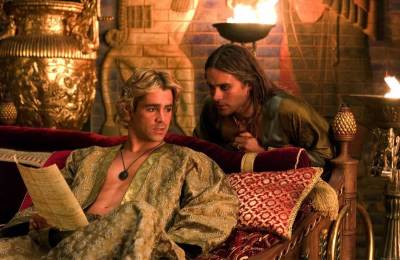
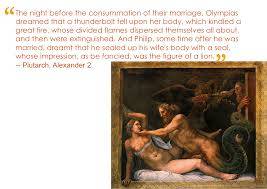 And to add a possibly Freudian twist to Alexander's relationships with both men and women, his mother, the formidable Olympias, insisted her son was the son of the king of the gods, Zeus, not her husband. Olympias later ordered Eurydice and her child by Philip II to be murdered, in order to secure Alexander's position as king of Macedonia. She did not get along with her husband, Philip of Macedon, Alexander's father, and supposedly had him murdered. That is one Greek woman who managed to wield power, but only by denying that her connection to it was via a man.
And to add a possibly Freudian twist to Alexander's relationships with both men and women, his mother, the formidable Olympias, insisted her son was the son of the king of the gods, Zeus, not her husband. Olympias later ordered Eurydice and her child by Philip II to be murdered, in order to secure Alexander's position as king of Macedonia. She did not get along with her husband, Philip of Macedon, Alexander's father, and supposedly had him murdered. That is one Greek woman who managed to wield power, but only by denying that her connection to it was via a man.